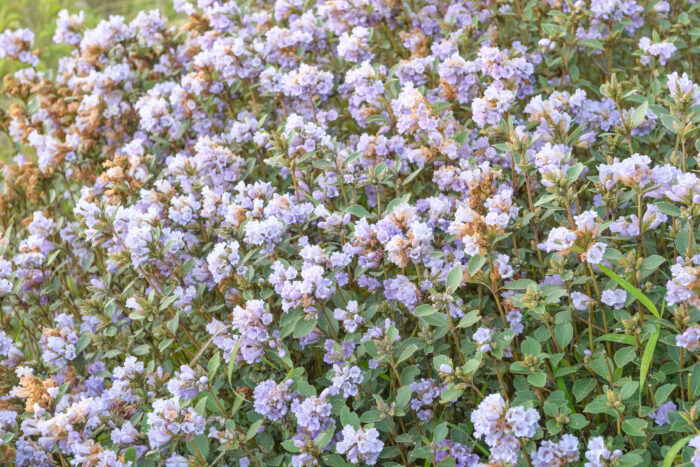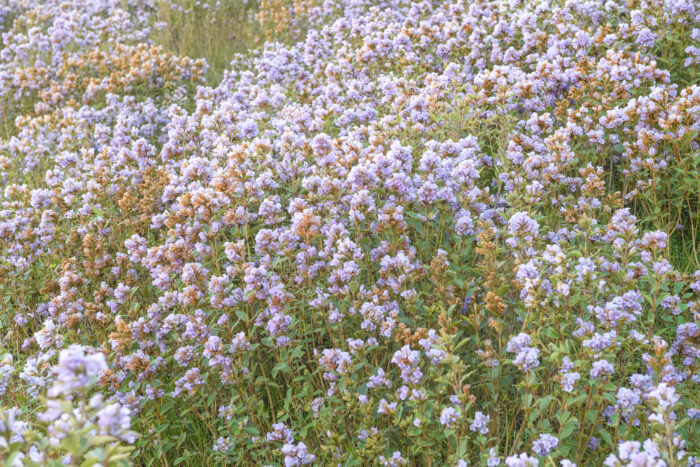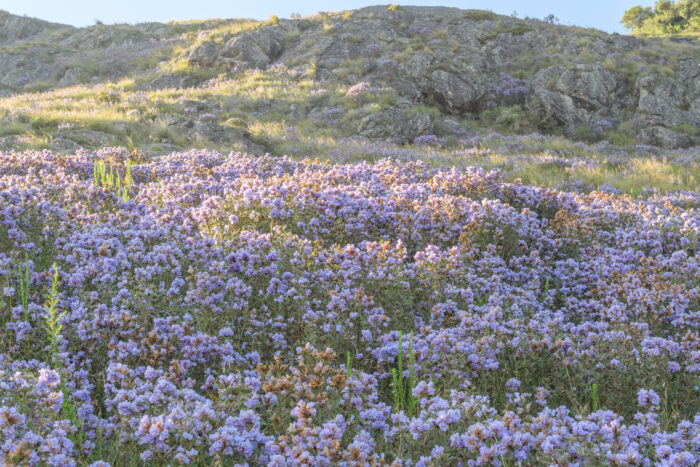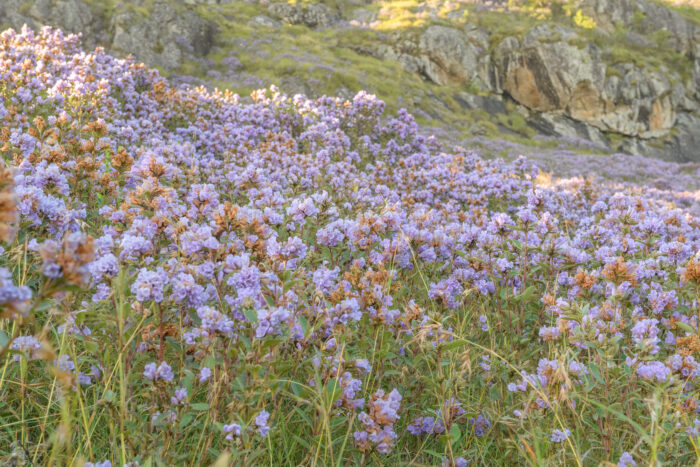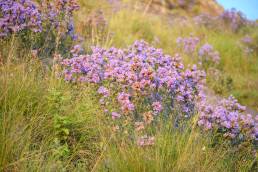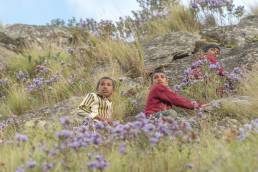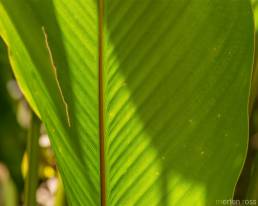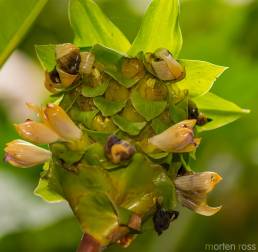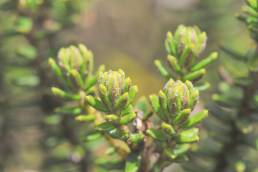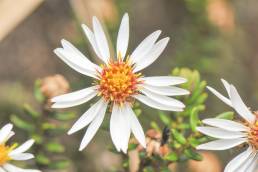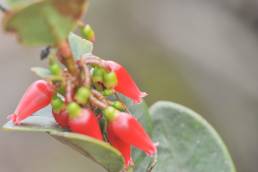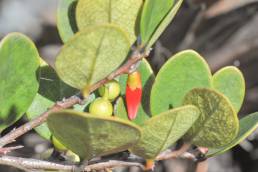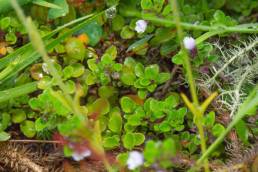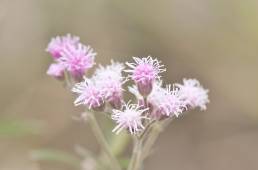Last time these flowers were seen was 12 years ago, and the next time will be in 12 years!
During an entire century this species will bloom only 8 times – that is how unique and rare these flowers are.
For 11 years the plant is growing and in the 12th year it is all about producing flowers and seeds. Then it dies! The future lies in the seeds and how well they dispersed.
As a single inflorescence it might be a pretty flower to the behold, but this species covers entire hills and can be seen from afar as a purple hue.
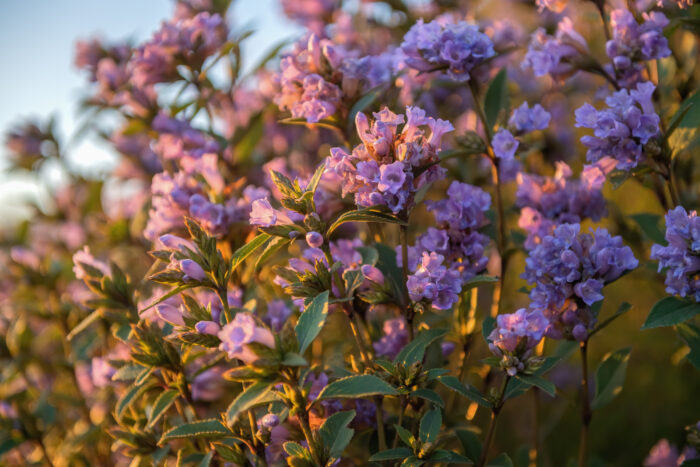
Finding these purple hills proved extraordinarily difficult, as the bloom was thwarted in the primary location of Eravikulam in Kerala by unprecedented floods, destroying infrastructure and halting the bloom. Gathering facts about the state of the bloom and the roads were extremely difficult as the information was extremely conflicting. Some said the bloom was at its peak and the roads fixed, others, including the park authorities, said it was not yet ready for visitors.
The decision was to take a chance and go. As we got closer we realized the scale of the destructions, and that many hotels were still closed. When we finally found an open hotel, we found out we were the first in 25 days!
When we finally reached Eravikulam, after passing a destroyed Periyavara Bridge on foot, all I could see were buds and just random plants in bloom at the lower altitudes. The bloom in Eravikulam had been postponed by at least a month – to the end of September or even mid-October. Which is now.
What was yet another disappointment was that all the employees we encountered in Eravikulam were indifferent, rude, and only focused on revenue and ticket sales and not at all in what the park is protecting. Even at the upper gate, where we show our tickets, the employees replied that the bloom was great! When the fact was there were only buds, and no bloom!
Eravikulam is the most disappointing national park I have ever visited! The allotted access for visitors was a very short walk and when the hills opened up and the wilderness was starting to become available to the eyes, it was no further access.
My time in India was almost up and the kurinji bloom seemed completely unobtainable.
After an inordinately difficult information gathering it was decided to do a detour to Ooty in Tamil Nadu – a long drive away!
When the day arrived, we reached what was the last opportunity for the 2018 bloom. What we found was absolutely stunning – a hill completely purple – from the west to the east!
And no restrictions – I could walk amongst the flowers, listening in on the buzz of the insects and sounds of the birds. It was such an incredible end to my search for the kurinji bloom!
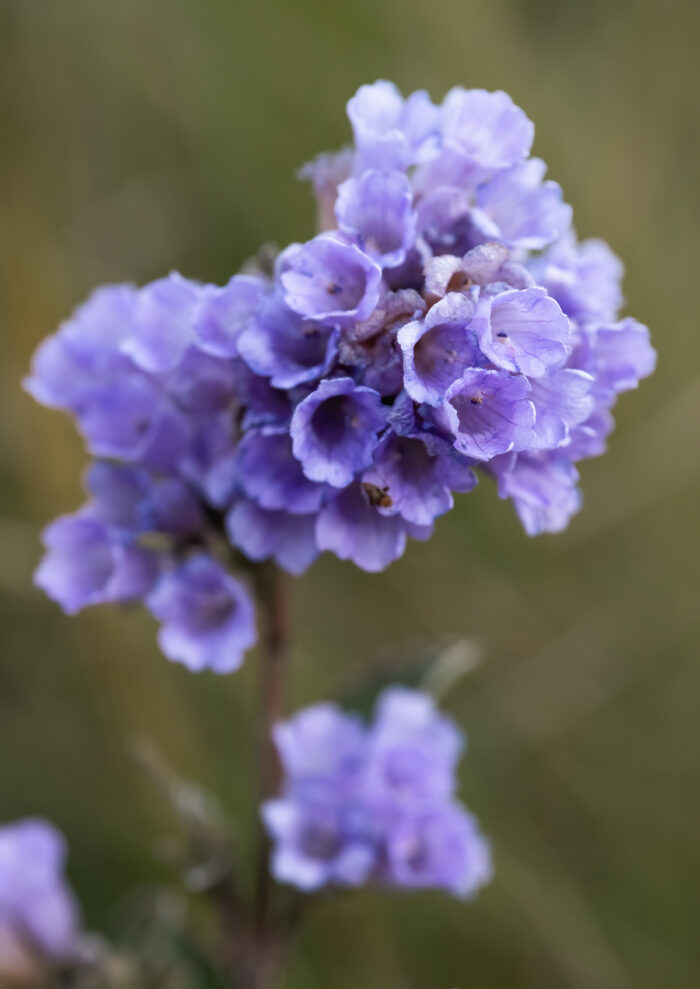
The future of these mass blooms is uncertain, though, as the climate change and human encroachment seem to fragment and dilute the density of the plants. It is widely reported and accepted that the previous bloom of 2006 was richer, more widespread and denser.
With the disruption of this year’s bloom in Kerala, the pollination might be much less than optimal due to widespread death and illness in the populations of pollinators, resulting in a poor seed dispersal and thus another poor bloom in 12 years.
Here in Ooty the bloom was serviced by a very large number of bees in particular, but also several other species of insects, which is a good indication of a kurinji population that might stay healthy until next bloom.
Elevation: 2064 meters
Native range is Western Ghats, India.
Last updated on 8 November 2024

